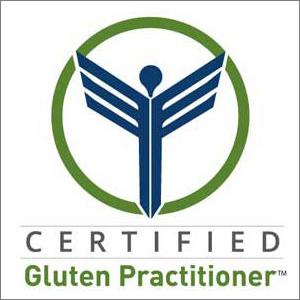 Last week, we explored a couple of options for living a fabulous gluten-free life, with a ready supply of bread.
Last week, we explored a couple of options for living a fabulous gluten-free life, with a ready supply of bread.
Those options, of course, are to either purchase your bread, fresh off the shelf – or give it up entirely.
However, not too many of us are ready to do the latter.
That’s why I think the best option – even it it’s a bit more challenging – is to simply:
Bake Your Own
If you’re feeling ambitious, or adventurous – or a little of both – then by all means why not try your hand at baking your own gluten-free bread?
Sound daunting?
The best part about baking gluten-free bread is that there is NO kneading, and it doesn’t take long to rise.
I actually prefer to bake my own gluten-free bread.
Because that way, I know exactly what’s in it.
I’ve baked my own gluten-free bread many times, and it takes maybe two hours, tops – start to finish!
If you decide to go this route, the first thing you’ll need is a good recipe and you’ll find numerous resources online, or at your local bookstore.
My favorite recipes come from sites like Whole Life Nutrition or The Gluten-Free Goddess.
And don’t overlook The Gluten-Free Girl!
Personally, I think a good quality mixer is essential, but not everyone would agree.
And of course, you’ll need to invest in a few different flours, unless you decide to use a mix – and there’s absolutely nothing wrong with that!
If you decide to bake your own bread, here are a few things you should know:
- Gluten-Free bread batter looks and behaves more like cake batter, than bread dough (one reason you don’t want to knead it)
- Gluten-free bread is typically heavy – you’ll notice this especially with store bought breads. (sad, but true – a failed loaf can make a good door stop).
- Gluten-free breads always contain a blend of different flours – including starches like tapioca or potato starch – which are essential to the success of the final product.
- Gluten-free breads always contain either Xanthum gum or Guar Gum – this is what keeps it from crumbling in your hands. Xanthum Gum has gotten a bad rap lately, but please don’t make the mistake of leaving this out! (Cookies, yes – bread, no)
- Gluten-free bread dries out quickly. It’s wonderful when it first comes out of the oven, and is soft and spongy and smells heavenly. If you’re unable to consume it within a day or two, it’s best to wrap individual slices and store them in the freezer.
- Day-old gluten-free bread often tastes best if toasted first.
- Speaking of toasters, if you plan to eat bread regularly on your gluten-free diet, consider investing in a separate toaster for your needs (versus the rest of your family). Toasters, especially, are notorious for cross-contamination from a proliferation of bread crumbs.
Now it’s your turn.
Do you feel inspired to try your hand at baking your own gluten-free bread?
Let me know how it turns out!
 Follow
Follow


Speak Your Mind